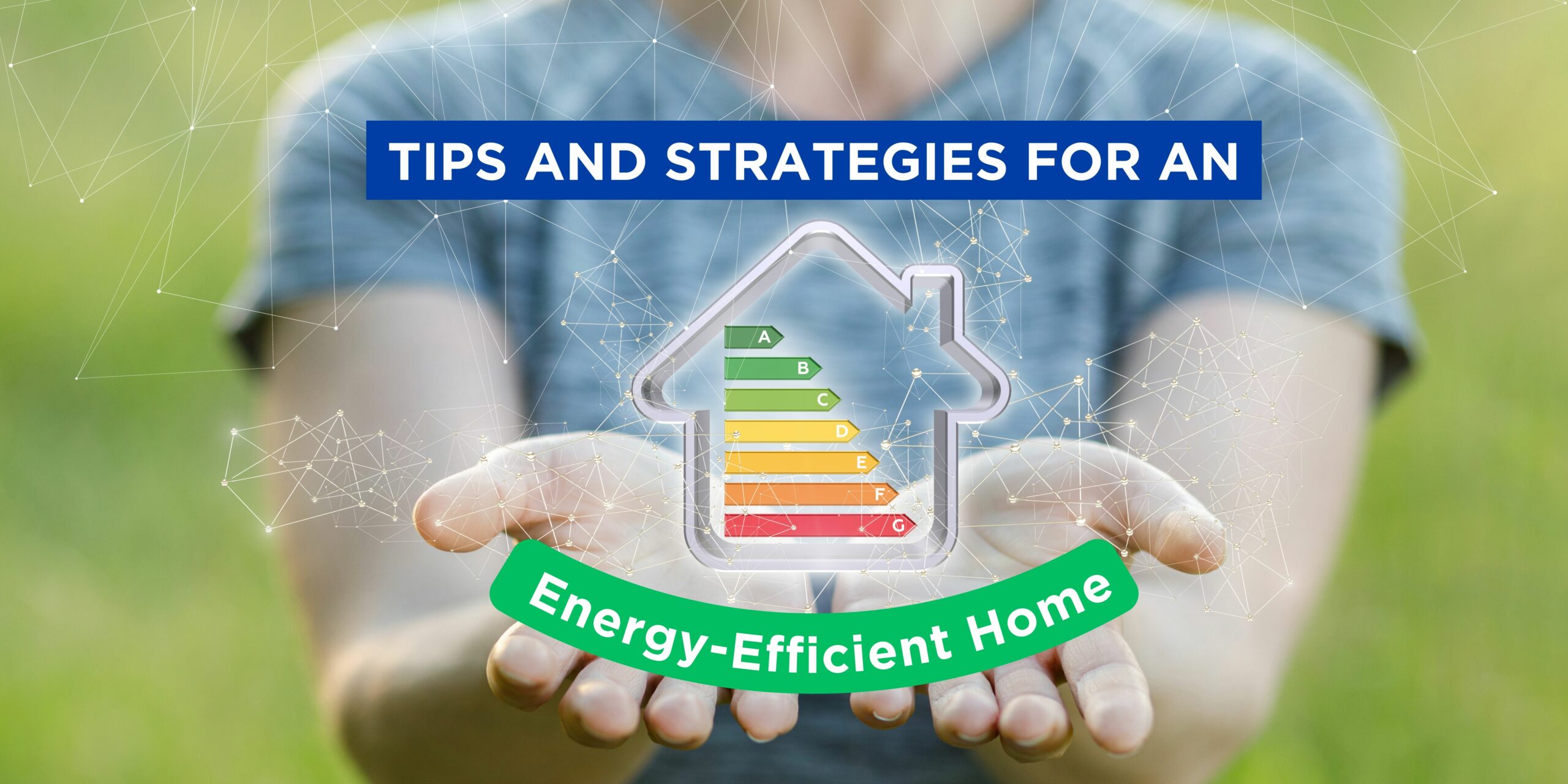In today's world, energy efficiency is not just a buzzword; it's a smart way to save money, reduce your environmental impact, and make your home more comfortable. Whether you're looking to lower your utility bills, reduce your carbon footprint, or enhance your home's value, creating an energy-efficient home is the way to go. Today, let’s explore a range of tips and strategies to help you achieve an energy-efficient home.
Why Energy Efficiency Matters
Before delving into practical tips, let's take a moment to understand why energy efficiency is crucial:
Lower Utility Bills: An energy-efficient home consumes less energy for heating, cooling, and electricity, resulting in substantial cost savings.
Reduced Environmental Impact: Lower energy consumption translates to reduced greenhouse gas emissions, helping combat climate change and protect the environment.
Enhanced Comfort: An energy-efficient home is a more comfortable home. Proper insulation, sealed gaps, and efficient heating and cooling systems provide consistent indoor temperatures.
Extended Equipment Lifespan: Energy-efficient appliances and systems experience less wear and tear, leading to longer lifespans and fewer replacements.
Increased Home Value: Energy-efficient features can make your home more appealing to potential buyers, potentially increasing its resale value.
Now, let's dive into the practical steps to make your home more energy-efficient.
Practical Tips for an Energy-Efficient Home
1. Conduct an Energy Audit
Start by identifying areas of improvement. Hire a professional or conduct a DIY energy audit to pinpoint where your home is losing energy. Common culprits include inadequate insulation, drafty doors and windows, and outdated appliances.
2. Upgrade Your Insulation
Proper insulation is key to maintaining a comfortable temperature indoors. Consider adding or upgrading insulation in your walls, attic, and floors. It's a one-time investment that yields long-term savings.
3. Seal Gaps and Cracks
Gaps and cracks in doors, windows, and walls can lead to energy waste. Seal these areas with weatherstripping or caulk to prevent heat loss and drafts.
4. Invest in Energy-Efficient Appliances
When it's time to replace appliances, choose ENERGY STAR-rated models. These appliances are designed to use less energy while providing the same level of performance.
5. Opt for LED Lighting
Replace incandescent bulbs with energy-efficient LED bulbs. They last longer and use significantly less energy, reducing your lighting costs.
6. Upgrade to Smart Thermostats
A smart thermostat allows you to control your home's temperature remotely and program it to reduce heating or cooling when you're not at home, further reducing energy consumption.
7. Implement Solar Solutions
Consider installing solar panels on your roof. They can significantly reduce your reliance on grid electricity, leading to substantial savings over time.
8. Use Energy-Efficient Windows
Double-paned or triple-paned windows offer better insulation, preventing heat loss in the winter and heat gain in the summer.
9. Reduce Water Consumption
Install low-flow faucets and showerheads and consider a tankless water heater to reduce your hot water consumption.
10. Practice Responsible Habits
Simple changes like turning off lights when not in use, unplugging electronics, and maintaining your HVAC system can also contribute to energy efficiency.
Creating an energy-efficient home is a wise investment that pays off in numerous ways. Lower utility bills, a reduced environmental footprint, improved comfort, and increased home value are just a few of the benefits. By implementing these practical tips and strategies, you can transform your home into an energy-efficient oasis, all while contributing to a more sustainable and eco-friendly future.

